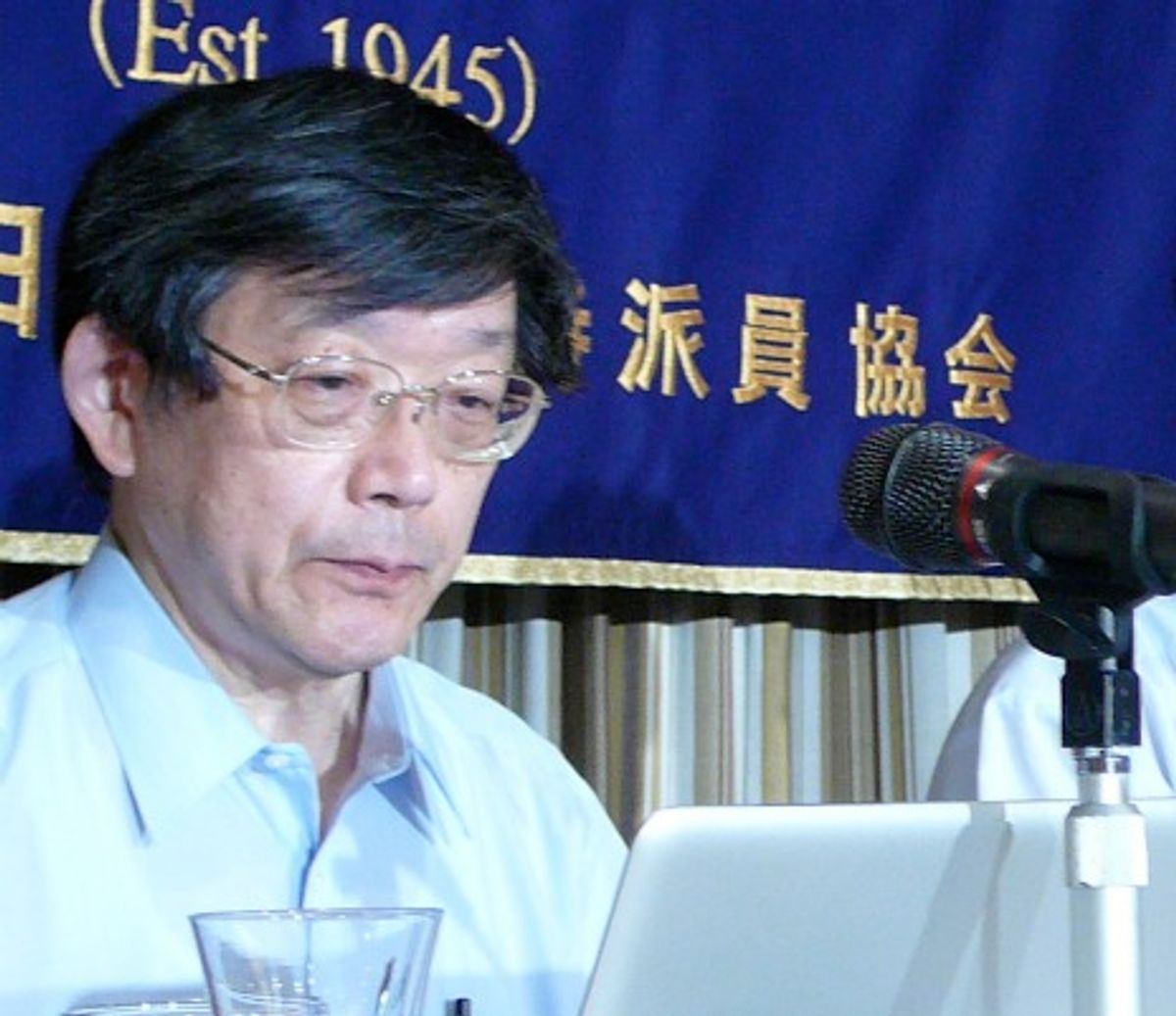Editor's Note: John Boyd is an IEEE Spectrum contributor reporting from Kawasaki, Japan. This is part of IEEE Spectrum's ongoing coverage of Japan's earthquake and nuclear emergency. For more details on how Fukushima Dai-1's nuclear reactors work and what has gone wrong so far, see our explainer and our timeline.
Tokyo Electric Power Company (TEPCO) and Japan’s nuclear watchdog the Nuclear and Industrial Safety Agency (NISA) have maintained from the beginning that the Fukushima Dai-1 nuclear power plant survived intact the magnitude 9 earthquake on 11 March. According to TEPCO and NISA, it was the 15-meter tsunami that followed the earthquake that crippled the plant. Consequently, NISA has instructed power companies operating nuclear plants to implement new tsunami-related safety measures, such as the deployment of mobile power sources to maintain reactor-cooling systems in the case of a total loss of on-site power.
But by taking new precautions only against giant tsunami, while failing to review the dangers many of the older nuclear plants face from earthquakes, the safety agency is exposing Japan to the strong possibility of further nuclear catastrophes, argues Katsuhiko Ishibashi, professor emeritus at Kobe University and one of Japan’s pre-eminent seismologists.
Ishibashi was one of the first seismologists to warn against a quake-induced nuclear accident when he coined the phrase genpatsu-shinsai (nuclear power plant-earthquake disaster) in 1997. In 2006 he resigned from a government advisory panel on nuclear power that was charged with revising seismic design guidelines. At the time of his resignation, Ishibashi declared that the proposed new guidelines were seriously flawed because they underestimated "design basis earthquake ground motion," a measure of how intensely the earth may shake in an given area.
Ishibashi, speaking to the press at the Foreign Correspondents’ Club of Japan on 23 June, emphasized that Japanese nuclear power plants must be viewed in a very different light compared to nuclear plants in many other countries.
“In Europe and the eastern part of the United States, there are very few earthquakes,” said Ishibashi. Japan, on the other hand, experiences “one tenth of all the earthquakes in the world … while its territory covers just 0.3 percent of the surface area of the world.”
The push to build nuclear power plants throughout Japan occurred in the 1960s and first half of the 1970s, according to Ishibashi, a time when modern seismology (including seismic fault models and plate tectonics) wasn't fully mature. Consequently, “Japan’s nuclear power plants and earthquake epicenters overlap,” said Ishibashi. “Including the Fukushima Dai-1 plant.”
The rapid construction period coincided with a relatively quiet period for Japan's active faults. As a result, Ishibashi noted in a paper he published on 24 May in the Asahi Journal, “Nuclear power plants multiplied without being subjected to the trial of a major earthquake. Nuclear engineers had no direct experience of the true living horror of earthquakes, and believed that earthquake resistance could be secured through engineering technology.”
To make matters worse, he pointed out that the Japanese archipelago seems to have entered a period of increased earthquake activity since the quake that devastated Kobe in 1995. In Ishibashi's May paper, he listed six major earthquakes ranging in magnitude from 6.6 to 7.2 since 1995 that induced ground motion exceeding the seismic design criteria of plants located in those areas. “Then the Chuetsu-Oki earthquake (magnitude 6.8) took place in July 2007," he wrote, "causing ground motion far exceeding expectations at TEPCO’s Kashiwazaki-Kariwa nuclear plant in Niigata, causing severe damage to all seven reactors.”
Taking all these factors into consideration Ishibashi told the reporters at the Foreign Correspondents’ Club that it's necessary to review the regulatory seismic guidelines that he has openly criticized, “and re-inspect the seismic safety of all nuclear plants.”
In particular, he is most concerned about power plants employing the old General Electric Mark 1 reactors, which some critics say are susceptible to explosions and containment failures. Reactor units 1 to 5 in the Fukushima Dai-1 plant are all based on this design, as are some other reactors used in plants that have been in operation for over 30 years and are located in active fault areas.
“As a seismologist,” said Ishibashi, “I think Japanese nuclear power plants cannot be free from earthquakes, so we need to decrease the number of plants, starting with the older ones first.”
PHOTO: John Boyd





